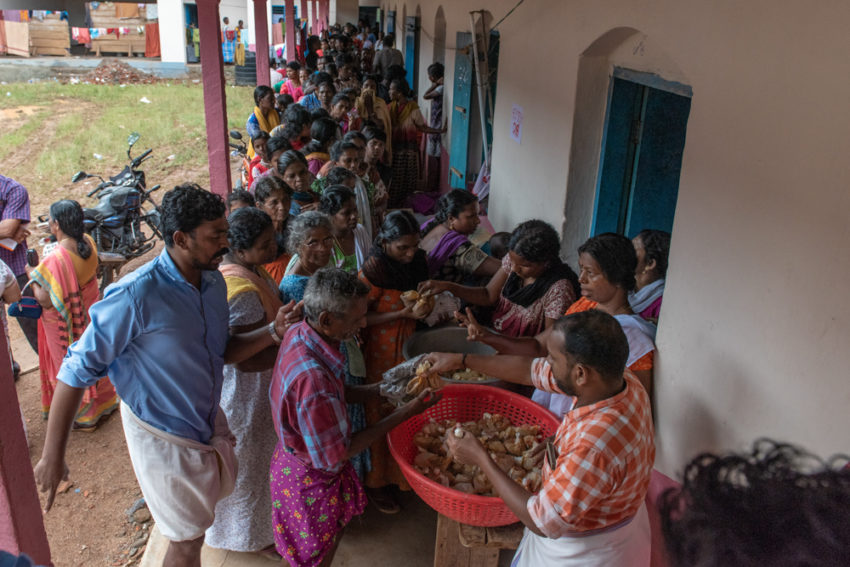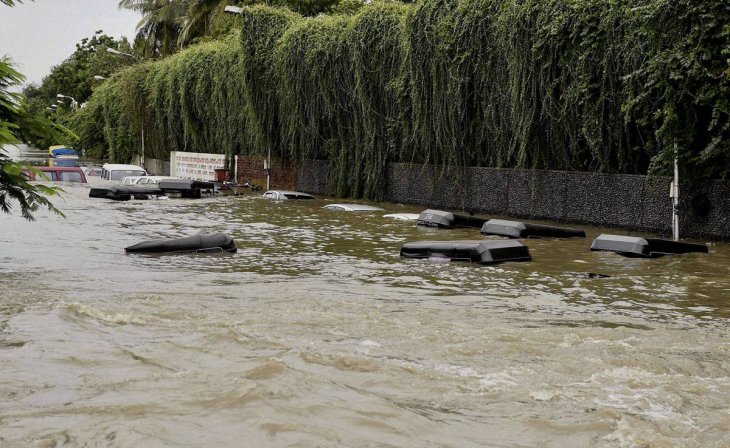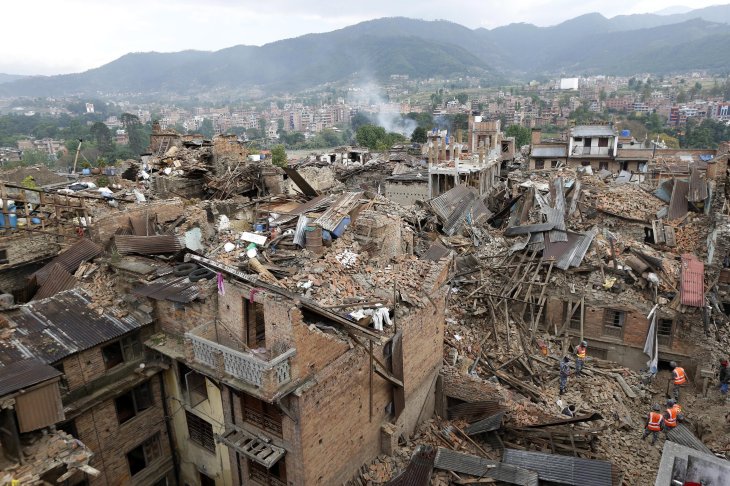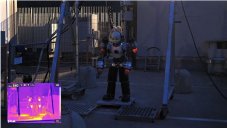India: IIT Develops AI To Remove Fake Disaster News And Aid Rescuing Victims
Aadhya Khatri - Nov 22, 2018

IIT Kharagpur released a system to distinguish fake disaster news from legitimate ones
- Delhi Is The World’s Most Polluted Capital City For Three Years In A Row
- Japan Marks 10 Years Since The Fukushima Disaster Killing 18,500 People
- Indian Farmers Install High-Tech, Night-Vision CCTV Cameras To Protect Themselves
As social media is proving its massive power in sharing information and connecting people all over the globe, its benefits also come hand in hand with a serious risk. Many unauthorized organizations and individuals have been taking advantage of social media to spread fake news and gain benefits in some ways. This gets even worse when it comes to disinformation about disasters.
To tackle this situation, The Indian Institute of Technology Kharagpur has created an A.I which collects critical disaster information on social media which would otherwise be impossible to do manually. The data is later used to decide whether the posts on social networks are legitimate or not. If a post shared is legitimate, it will be passed on to rescue and relief organizations.
Take the 2016 Chennai flood for example. Back then, unconfirmed rumors about escaped crocodiles were rife. If IIT’s A.I were in action, it could cross-check the news with the local authority’s sources and confirm that the information was false. IIT’s solution ensures that any individuals and organizations that spread fake news are identified.

Chennai flood 2016
According to Saptarshi Ghosh of IIT Kharagpur’s Department of Computer Science & Engineering, the A.I can tell fake and legitimate news apart and take measures to warn users about the disasters.
He also stated that this solution boasted an accuracy rate of 90% but its effect was limited to verifying disaster-related news only.
Apart from distinguishing fake rumors, the solution can also transfer critical information to rescue and relief operations to help the victims.
It was found out that 98% of conversations on social media regarding disasters are sympathy or gibberish tweets. Only 2% contains vital and relevant information.
Ghosh explained that when an area was struck by catastrophe, social media was the first to cover the news. IIT’s A.I would run through the tweets and send the verified pieces of news to the nearest relief operators.

Nepal earthquake 2015
Verifying and sending information are not the only things this solution can do. IIT’s A.I can go into details and draw out specific data about trapped victims, what resources are in short supply, and which ones are still available.
IIT launched the genesis of this A.I on WhatsApp and Twitter in 2015 and 2016, when the Nepal earthquake and Chennai flood respectively took place.
IIT Kharapur’s Institute Scheme for Innovative Research and Development grant, Media Labs Asia, Microsoft Research India, and ITRA, and Department of Electronics and Information Technology all join forces to make this project happen.
Ghosh and the team have already taken the next step in extending the ability of the A.I.
IIT and QCRI (short for Qatar Computing Research Institute) have put forward a proposal with Microsoft Research India. If everything goes as planned, Kharapur and the QCRI will team up with Microsoft Research India to develop a system to support the post-disaster relief effort.
A web-based system that can track and gather actionable information is in the planning stage according to Ghosh. It will give a person in the control room details regarding resources and requirement so that he or she can aid the relief operation. A field worker can also have updates about trapped people via his or her mobile devices.
Featured Stories

ICT News - Dec 25, 2025
The Visibility Concentration Effect: Why Half the Web Isn’t Qualified Anymore

ICT News - Jul 05, 2025
Windows 11 is Now the Most Popular Desktop OS in the World

ICT News - Jul 02, 2025
All About Florida’s Alligator Alcatraz: A Smart Move for Immigration Control

ICT News - Jun 25, 2025
AI Intimidation Tactics: CEOs Turn Flawed Technology Into Employee Fear Machine

ICT News - Jun 24, 2025
Tesla Robotaxi Finally Hits the Streets: $4.20 Rides That'll Make You Hold Your...

ICT News - Jun 24, 2025
World's First Flying Humanoid Robot Takes Flight

ICT News - Jun 24, 2025
When Closed Source Met Open Source: Bill Gates Finally Meets Linus Torvalds After...

Gadgets - Jun 23, 2025
COLORFUL SMART 900 AI Mini PC: Compact Power for Content Creation

ICT News - Jun 22, 2025
Neuralink Telepathy Chip Enables Quadriplegic Rob Greiner to Control Games with...

ICT News - Jun 20, 2025
Comments
Sort by Newest | Popular